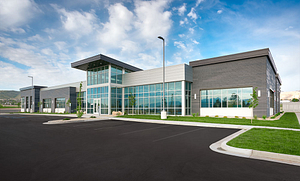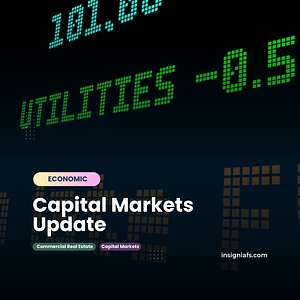Understanding the Capital Stack in Commercial Real Estate Investments
Allocating capital is a complex process that considers individual investor criteria and the appropriate risk/return profile. Simplifying investment decisions often involves examining the capital stack.
The capital stack doesn’t dictate a right or wrong position, but offers a risk/return continuum for investors placing capital. Its relevance to Commercial Real Estate (CRE) is crucial.
While some real estate investments have a simple capital stack with common equity and senior debt, the following detailed example illustrates its various forms in commercial real estate investments.
Understanding the capital stack helps investors determine their position in terms of cash flows, repayment risk, and whether the expected return on investment justifies the assumed risk.
The capital stack primarily consists of two components: Equity and debt.
Equity in Commercial Real Estate (CRE)
Equity represents the top tier in the capital stack. It involves a higher risk compared to debt, as equity investors are only compensated after debt investors. Consequently, a higher return is necessary to offset the lower priority in capital. This higher return is achieved by leveraging the discrepancy between debt repayment costs and the property’s income performance. Furthermore, equity investors primarily benefit from any capital appreciation in the property. This potential upside aims to balance the additional risk borne by equity investors.
Debt as a Secure Capital Tier
Debt, forming the foundation of the capital stack, is the most secure tier of capital. Typically, debt capital is directly secured by the property title, providing a significant level of recourse and security to the debt provider. Interest on the debt is repaid before equity investors receive their returns. Due to the increased security in debt investments, the required capital return is comparatively lower than that for equity participants.
Understanding Equity and Debt in Commercial Real Estate
Equity and debt in Commercial Real Estate (CRE) can be categorized into four subcategories:
Common Equity
Return on common equity directly correlates with asset performance. Common equity investors benefit the most from asset appreciation, potentially yielding high returns. They receive periodic payments and have significant exposure to capital growth, but they also face higher risk in case of underperforming or depreciating assets.
Preferred Equity – A Hybrid Capital Instrument
Positioned between debt and common equity, preferred equity holders demand a higher return compared to debt holders. They often have a hurdle rate, ensuring they receive their payments before common equity holders.
In exchange for added security, preferred equity may receive a smaller share of appreciation upside.
Mezzanine Debt – Another Hybrid Capital Instrument
Mezzanine debt holders are paid after senior debt holders. Due to this, they require a higher return on capital. Terms of mezzanine debt vary with each investment, increasing the return profile through higher interest rates, some appreciation share, or a blend of both.
Senior Debt – The Foundation of the Capital Stack
Senior debt is the cornerstone of the capital stack, providing a sense of security. In well-performing assets, senior debt holders receive their full periodic payments ahead of all others. In case of asset underperformance, senior debt holders can initiate foreclosure and property liquidation. They have the first right to recover their initial capital investment in a worst-case scenario, enjoying the highest protection among investor participants. Consequently, returns on capital are generally lower in this layer of the capital stack.
Key Takeaways
Investors must comprehend their position within the capital stack when venturing into commercial real estate. It helps them determine their place in terms of cash flows, repayment risk, and whether the anticipated return on investment justifies the assumed risk.



